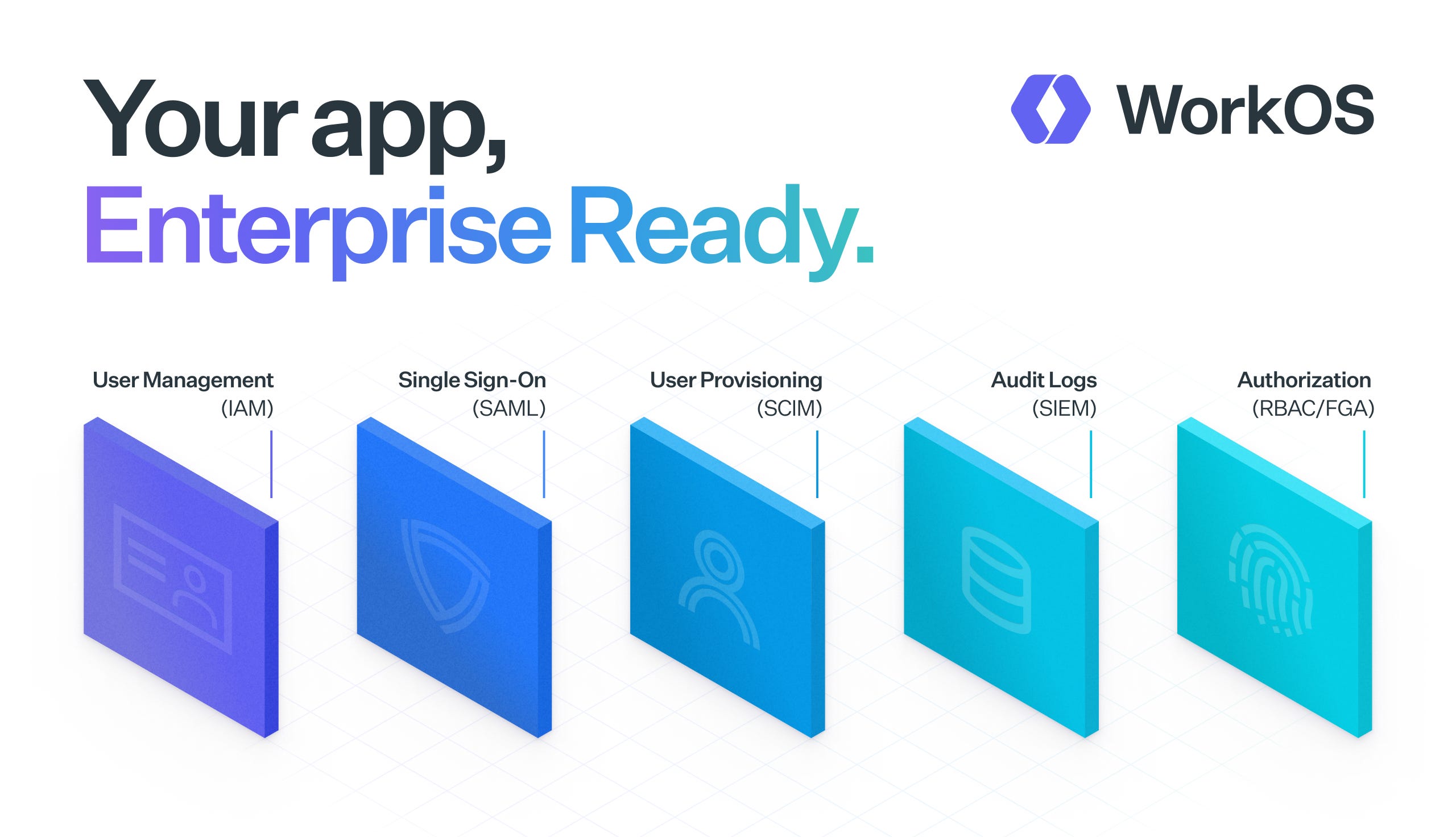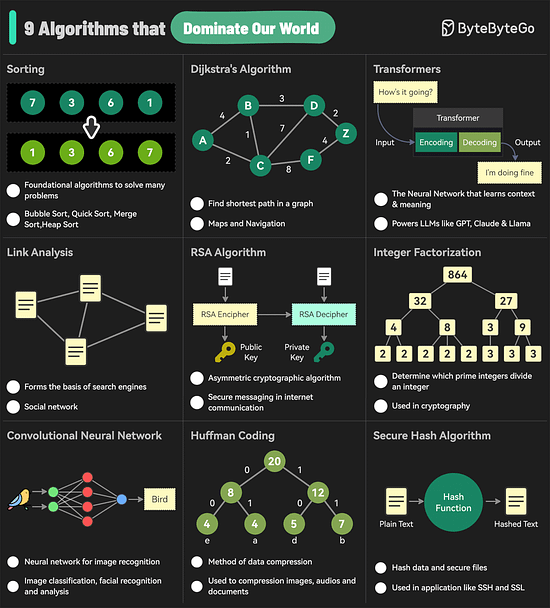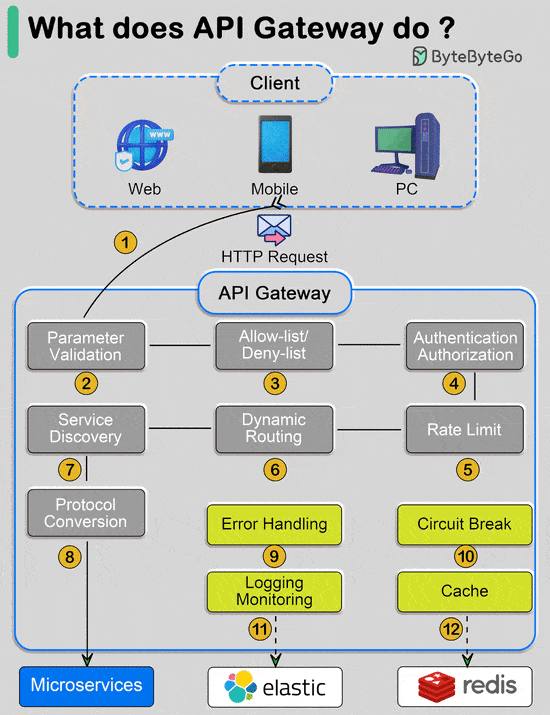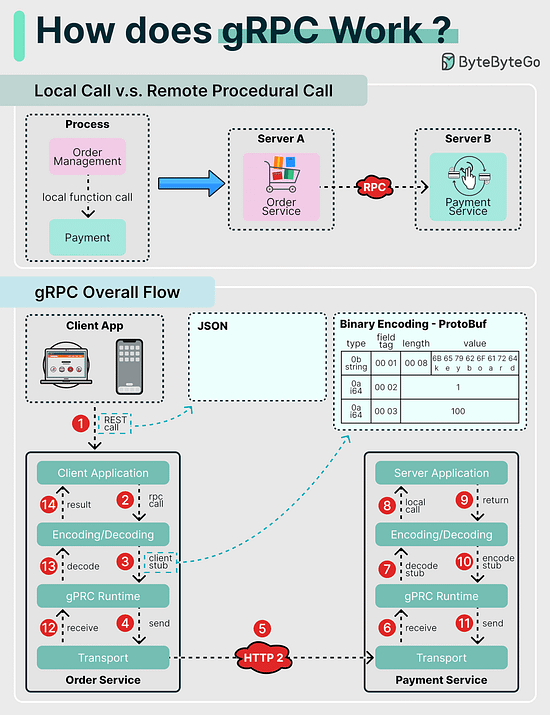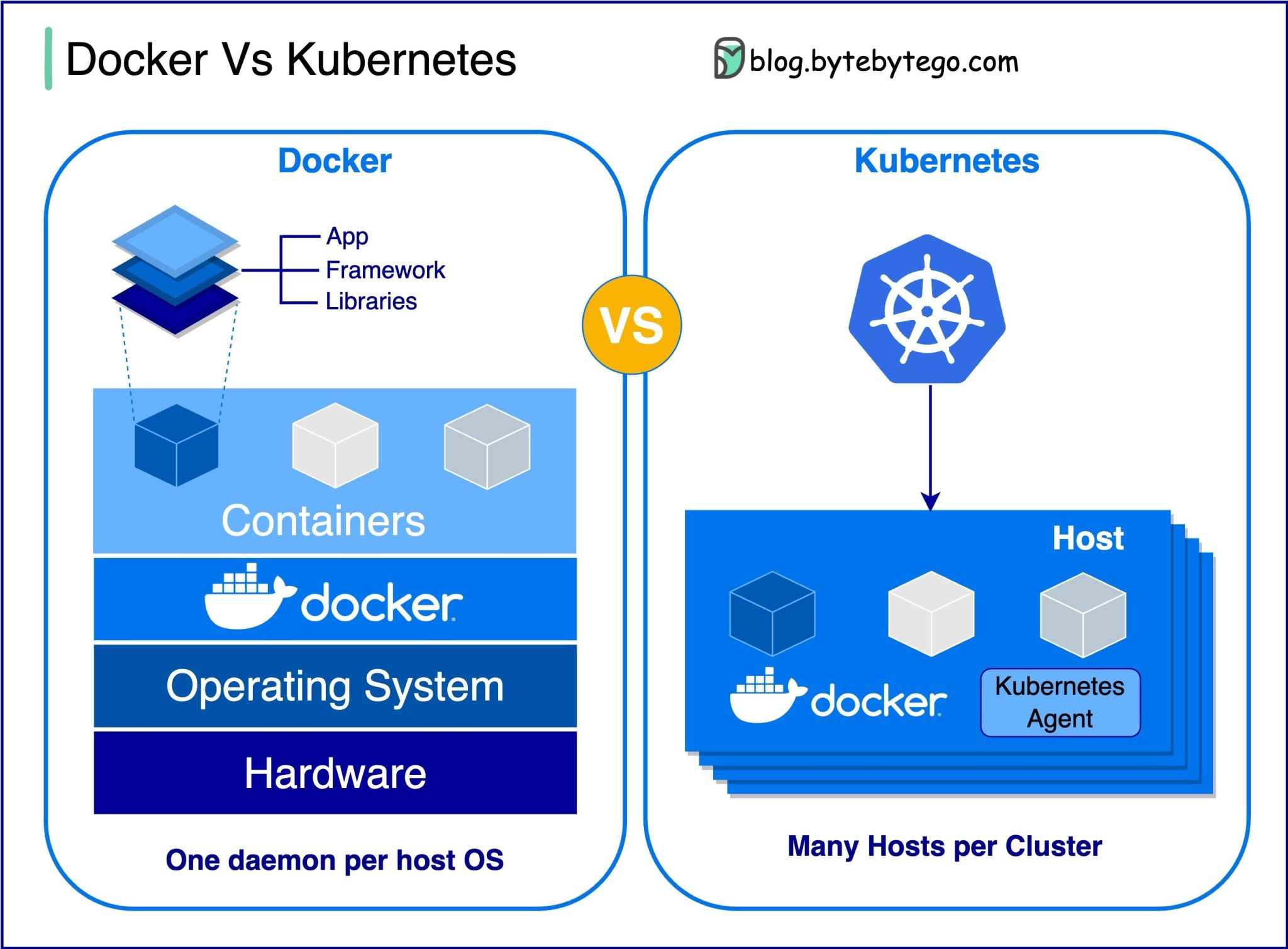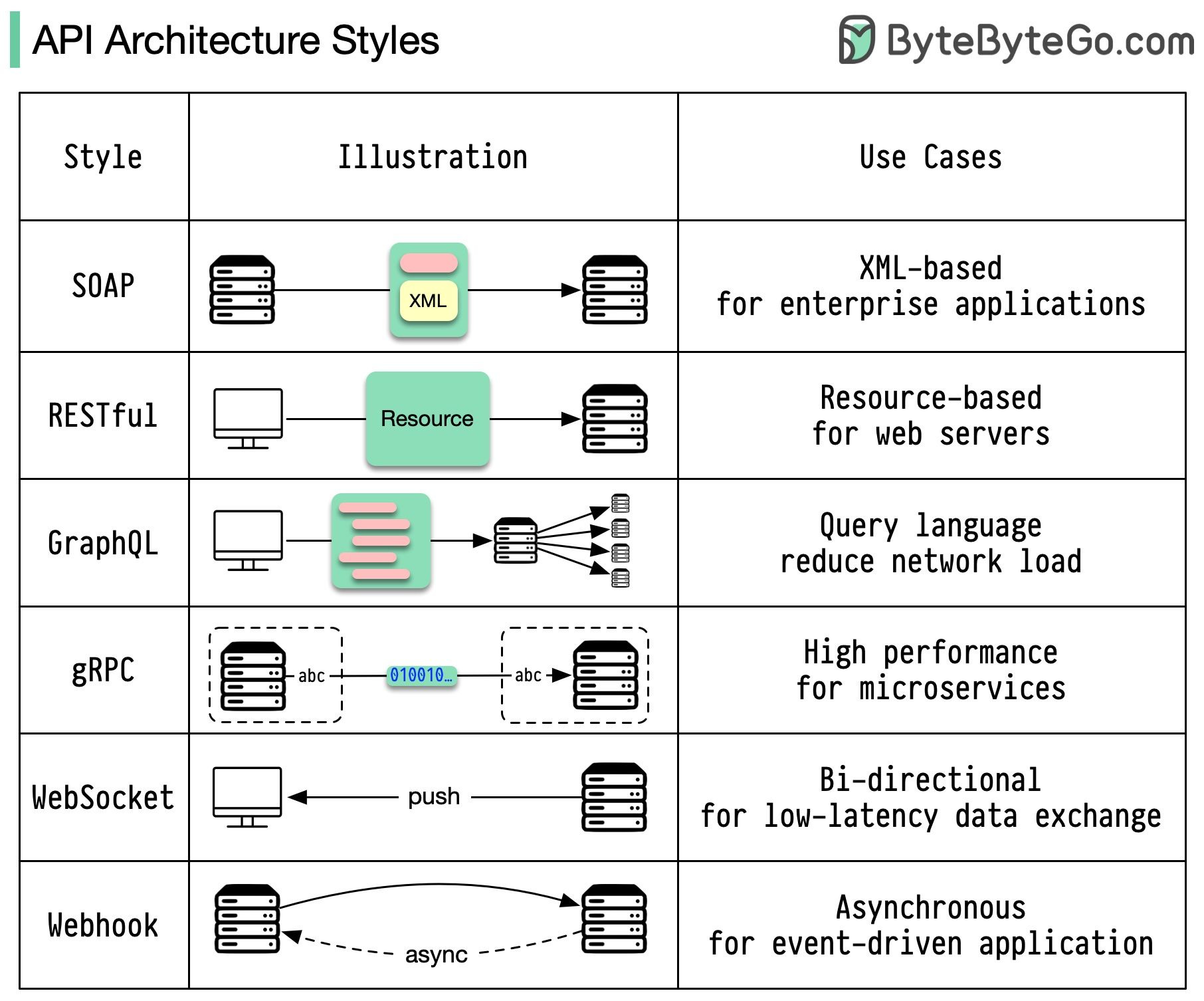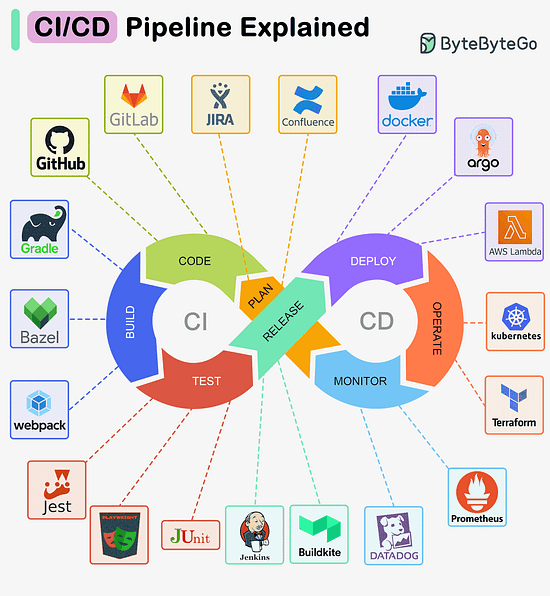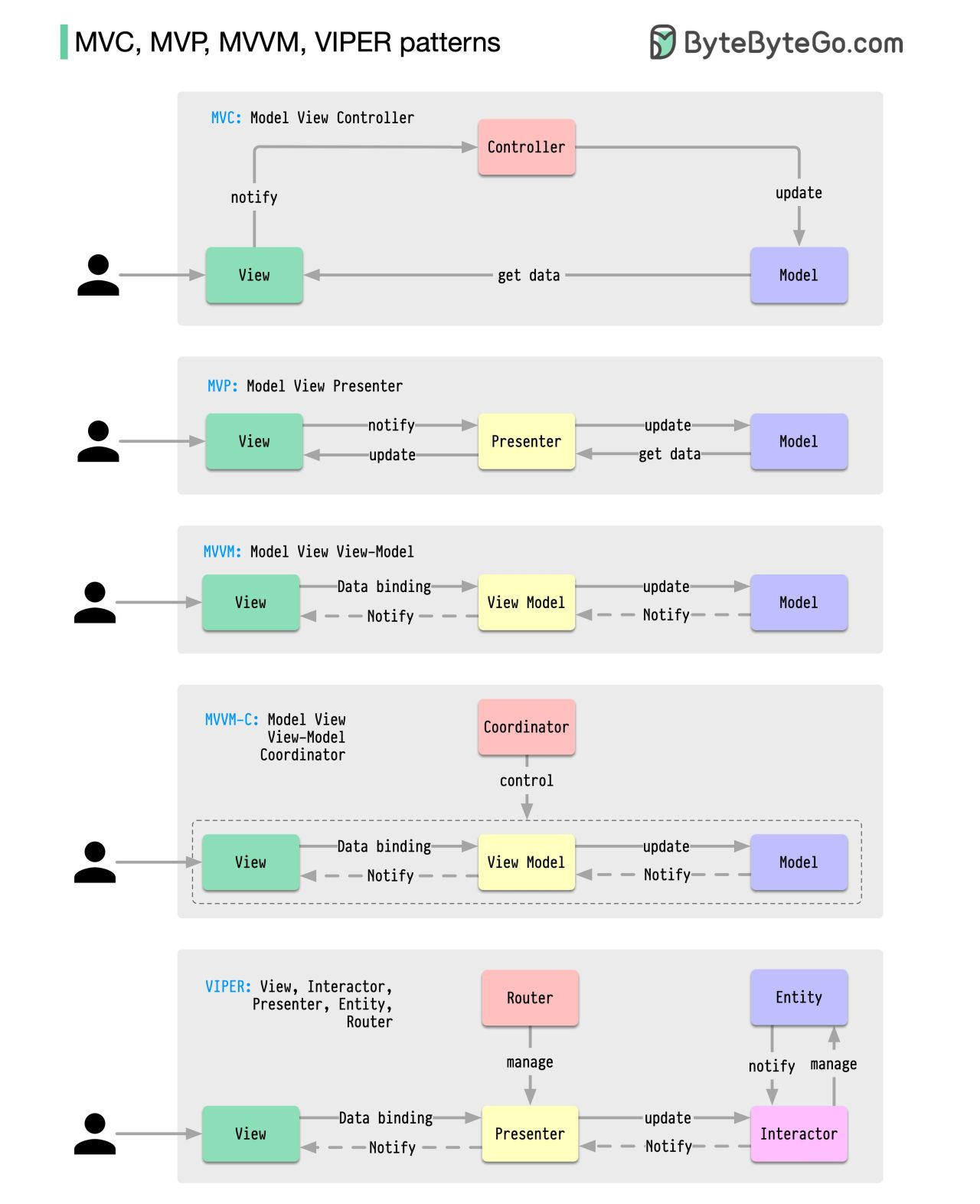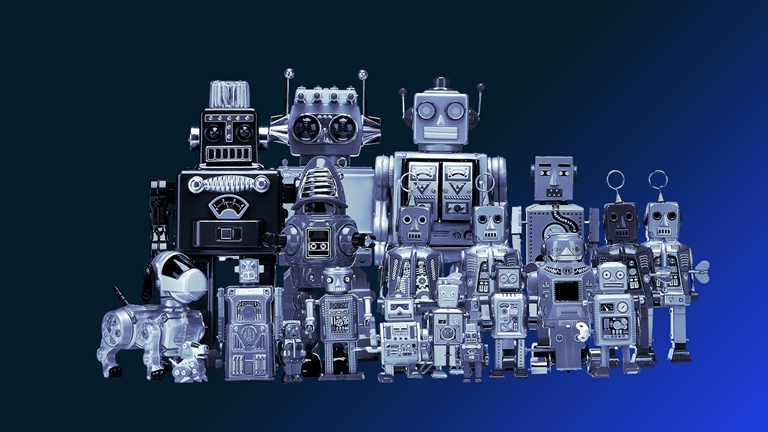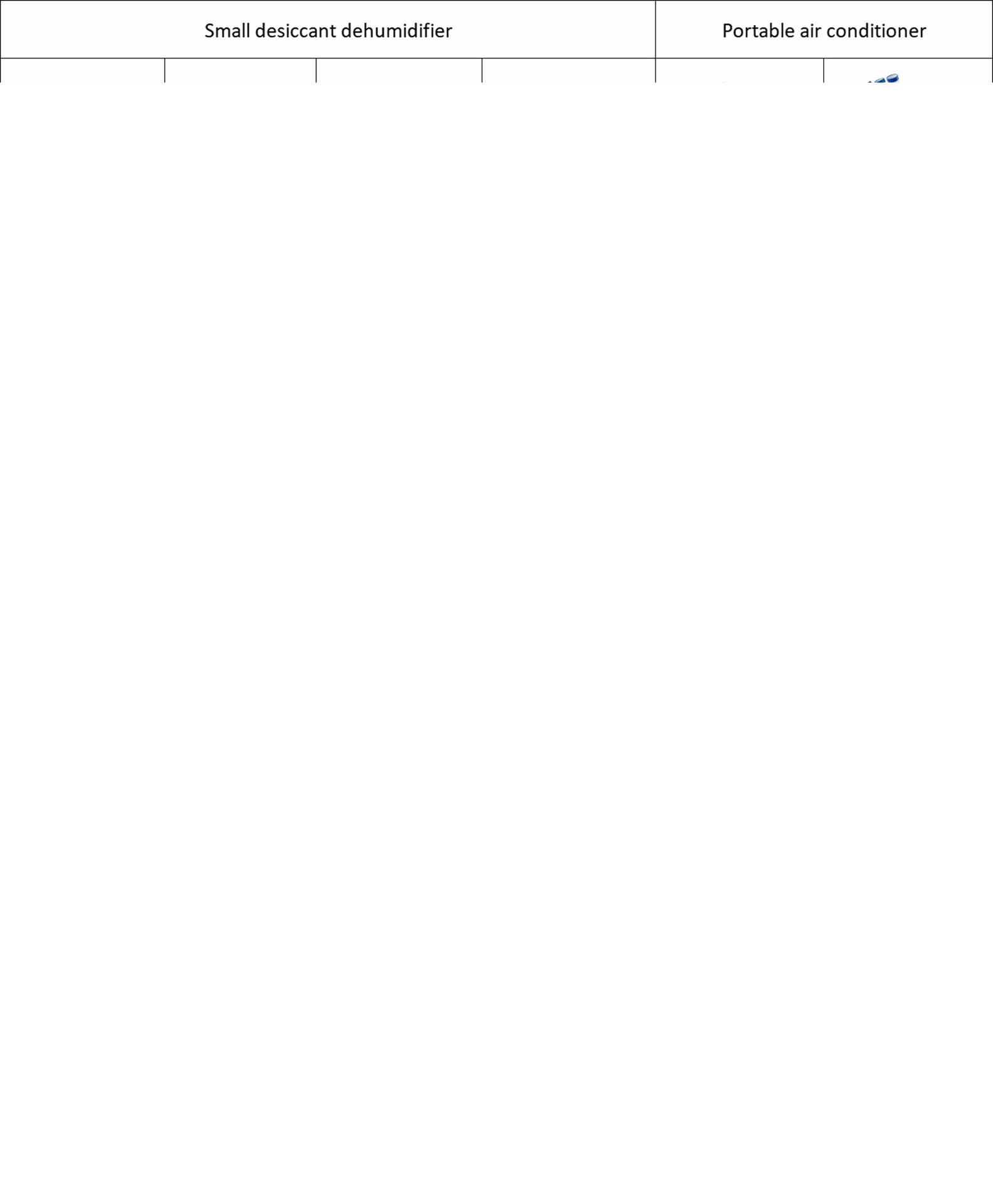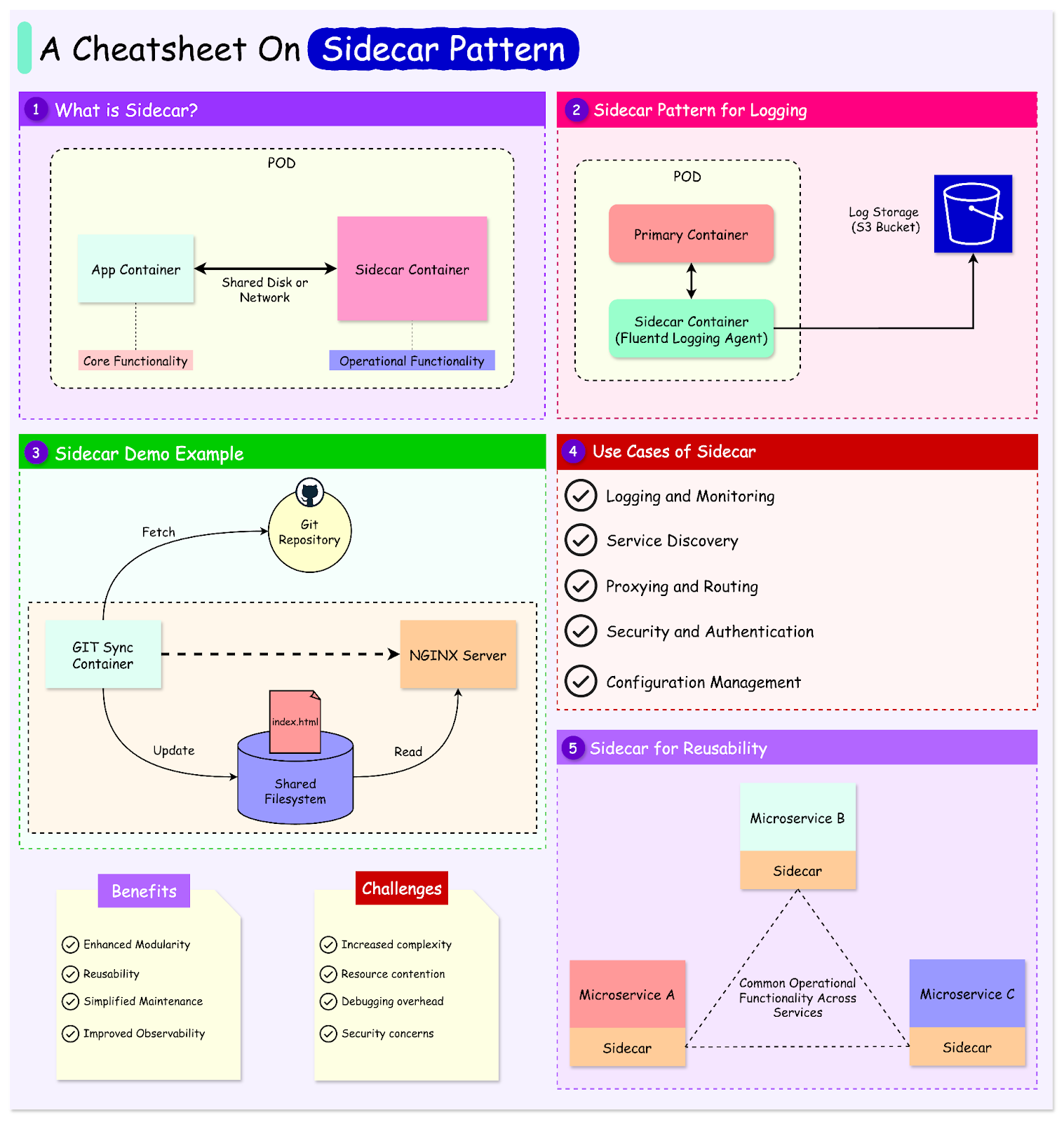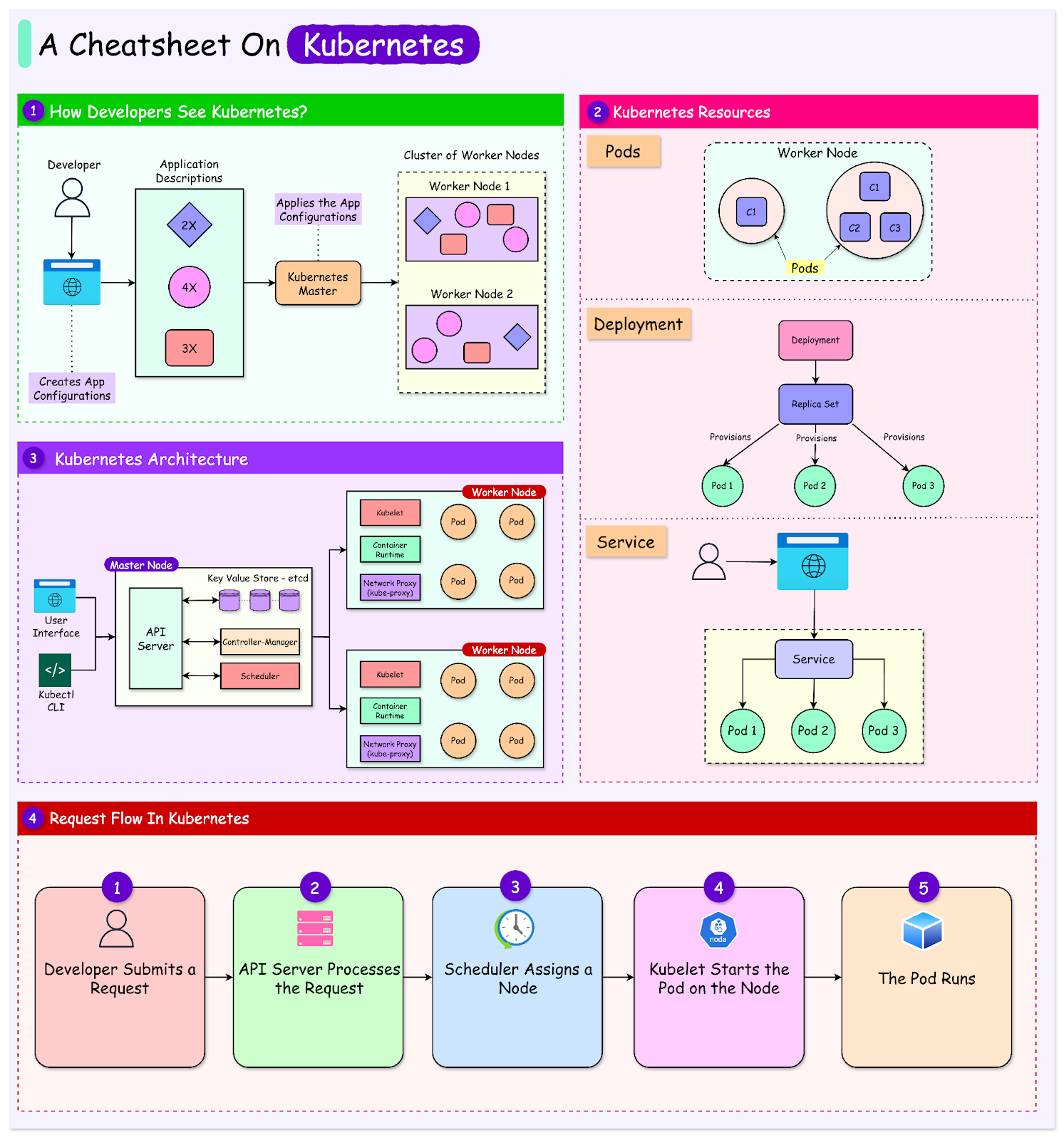Archives
- By thread 5362
-
By date
- June 2021 10
- July 2021 6
- August 2021 20
- September 2021 21
- October 2021 48
- November 2021 40
- December 2021 23
- January 2022 46
- February 2022 80
- March 2022 109
- April 2022 100
- May 2022 97
- June 2022 105
- July 2022 82
- August 2022 95
- September 2022 103
- October 2022 117
- November 2022 115
- December 2022 102
- January 2023 88
- February 2023 90
- March 2023 116
- April 2023 97
- May 2023 159
- June 2023 145
- July 2023 120
- August 2023 90
- September 2023 102
- October 2023 106
- November 2023 100
- December 2023 74
- January 2024 75
- February 2024 75
- March 2024 78
- April 2024 74
- May 2024 108
- June 2024 98
- July 2024 116
- August 2024 134
- September 2024 130
- October 2024 141
- November 2024 171
- December 2024 115
- January 2025 216
- February 2025 140
- March 2025 220
- April 2025 233
- May 2025 239
- June 2025 303
- July 2025 175
-
Meet Your New Partner in Safety—Our Explosion-Proof Flange Heater!
Hi info,
I’m Eugenia, your friendly export sales rep from SINTON, here to introduce you to a heating solution that’s as tough as it is reliable—our Explosion-Proof Flange Heater!
This heater isn’t just another piece of equipment; it’s your new safety superhero. With a unique internal structure designed to extend its lifespan, this heater is built to last. Its professional craftsmanship ensures maximum safety and reliability, while its design allows for easy installation. Plus, with direct contact between the heating element and the medium, it offers excellent heat dissipation.
But that’s not all! The sealed terminal box guarantees top-notch explosion protection, making it ideal for use in hazardous environments like chemical plants, military facilities, nuclear power stations, oil and gas operations, offshore platforms, ships, and mines.
And guess what? We can customize it to meet your specific needs!
Ready to add a little extra safety to your operations? Let’s make it happen!
Best regards,
Eugenia
Export Sales SpecialistSINTON ELECTRIC CO.,LTD.
No.886 Yandu Rd.Yandu district, Yancheng City,Jiangsu Province,P.R,China 224001
Phone/Whatsapp: +86-18556018866|
Email:sales@jsxingtai.com.cn | Website: www.sintonheater.com
by "Jessica.xie" <Jessica.xie@sintonelectric.com> - 02:17 - 4 Jan 2025 -
Introducing our high-quality aluminum packaging solutions
Dear info,
I hope this email satisfies you. I am writing this letter to introduce our company, Qidong Ruizhi Aluminum Products Packaging Co., Ltd., and our wide range of high-quality aluminum packaging solutions.
At Qidong Ruizhi, we specialize in producing and manufacturing various aluminum packaging products, including aluminum bottles, aluminum cans, threaded aluminum bottles, aerosol aluminum bottles, etc. Our expertise lies in creating durable and versatile metal packaging containers and materials for a variety of industries and applications.
Our aluminum bottles and cans are designed to the highest standards of quality and functionality. Whether you need packaging for beverages, cosmetics, pharmaceuticals or any other product, our range of aluminum packaging solutions offer durability, sustainability and stylish aesthetics.
We understand the importance of providing packaging solutions that not only protect the contents but also enhance the overall brand image. With our state-of-the-art manufacturing facilities and commitment to excellence, we ensure our aluminum packaging products meet and exceed industry expectations.
We welcome the opportunity to discuss how our aluminum packaging solutions can meet your specific needs and contribute to your product's success. Please feel free to contact us to schedule a meeting or to learn more about our products.
Thank you for choosing Qidong Ruizhi Aluminum Products Packaging Co., Ltd. as your trustworthy high-quality aluminum packaging solution partner. We look forward to working with you and contributing to your success.
Sincerely,
Qidong Ruizhi Aluminum Products Packaging Co., Ltd.
by "Jass Like" <jasslike0@gmail.com> - 01:36 - 4 Jan 2025 -
Предоставление оборудования для подготовки спиральных ножей и барабанного концентратора.
Добрый день!
Меня зовут Джек из Шанхая,
наша компания главна производим шнековый обезвоживатель,барабанный сгуститель, ленточный фильтр-пресс, флотатор и установка приготовления флокулянта и.т.д.
Если вам заинтересванны, пожалуйста сообщите мне.
Наш русский сайт: http://ru.hibarmachinery.com/
Спасибо.
С уважением
Джек
Shanghai Haibar Mechanical Engineering Co.,Ltd & Shanghai Haibar International Trading Co.,Ltd
Add: 7th fl., Building NO. 7,Baolong City Square, 2449 Jinhai Rd, Pudong Dist, Shanghai 201209
T: 0086-21-50192688
F: 0086-21-31779776
M: 0086-150 0008 0596 (WeChat,whatsapp)
WhatsApp:+19567622690
E-mail: jack@hibar.com.cn
Web: https://www.hibarmachinery.com/
Skype: cheerfuly1
Shanghai Haibar is a leading designer and manufacturer of sludge treatment process equipment for thickening and dewatering in Shanghai.
Please consider the environment before printing this email !
by "market09" <market09@hibarmachine.com> - 01:34 - 4 Jan 2025 -
High-quality CNC hardware parts and precision machining services
Dear info,
Hello!
We are Shenzhen Jinruiye Technology Co., Ltd., a company specializing in CNC hardware parts processing. Our company focuses on providing high-quality products and services to various industries, especially in the fields of CNC processing, aviation plugs, linear module production, cylinder, oil cylinder production, automobiles, new energy accessories and automation equipment production.We can provide your company with the following products and services:
Various types of milling cutters, CNC cutting tools, hardware tools, CNC machine tool accessories, lathe accessories, mold accessories, tungsten steel cutting tools, measuring instruments, electronic products and mechanical equipment.
Automation equipment parts customization, CNC precision machining, couplings, connectors and plugs, cylinders, etc.
Our advanced equipment and experienced technical team can ensure that we provide customers with high-precision and high-quality processing services. Our products are widely used in multiple industries and receive unanimous praise from customers. We are committed to establishing long-term and stable cooperative relationships with our customers and jointly promote the continuous development of our business.
If you have any needs or questions, please feel free to contact us. We look forward to working with your company to provide you with the best quality products and services.Congratulations to Shangqi!
by "Ivelisse Cugini" <ivelissecugini@gmail.com> - 01:31 - 4 Jan 2025 -
Upgrade your backbone network system
I'm from Shenzhen HUANET Technology Co., Ltd, which has a wide experience in FTTH, DWDM and 5G solution. Hope to communicate and share experiences with you.
OTN/DWDM technology, ultra transmission network capacity from 10Gbps to 400Gbps, >4.8Tbps, Easy to expand to network capacity
Would you like some DWDM transmission solutions?
Btw, we have also been working on FTTH products(OLT&ONT) and a complete network systems.
by "Monish Vettupara" <monishvettupara@gmail.com> - 01:20 - 4 Jan 2025 -
EP144: The 9 Algorithms That Dominate Our World
EP144: The 9 Algorithms That Dominate Our World
This week’s system design refresher:͏ ͏ ͏ ͏ ͏ ͏ ͏ ͏ ͏ ͏ ͏ ͏ ͏ ͏ ͏ ͏ ͏ ͏ ͏ ͏ ͏ ͏ ͏ ͏ ͏ ͏ ͏ ͏ ͏ ͏ ͏ ͏ ͏ ͏ ͏ ͏ ͏ ͏ ͏ ͏ ͏ ͏ ͏ ͏ ͏ ͏ ͏ ͏ ͏ ͏ ͏ ͏ ͏ ͏ ͏ ͏ ͏ ͏ ͏ ͏ ͏ ͏ ͏ ͏ ͏ ͏ ͏ ͏ ͏ ͏ ͏ ͏ ͏ ͏ ͏ ͏ ͏ ͏ ͏ ͏ ͏ ͏ ͏ ͏ ͏ ͏ ͏ ͏ ͏ ͏ ͏ ͏ ͏ ͏ ͏ ͏ ͏ ͏ ͏ ͏ ͏ ͏ ͏ ͏ ͏ ͏ ͏ ͏ ͏ ͏ ͏ ͏ ͏ ͏ ͏ ͏ ͏ ͏ ͏ ͏ ͏ ͏ ͏ ͏ ͏ ͏ ͏ ͏ ͏ ͏ ͏ ͏ ͏ ͏ ͏ ͏ ͏ ͏ ͏ ͏ ͏ ͏ ͏ ͏ ͏ ͏ ͏ ͏ ͏ ͏ ͏ ͏ ͏ ͏ ͏ ͏ ͏ ͏ ͏ ͏ ͏ ͏ ͏ ͏ ͏ ͏ ͏ ͏ ͏ ͏ ͏ ͏ ͏ ͏ ͏ ͏ ͏ ͏ ͏ ͏ ͏ ͏ ͏ ͏ ͏ ͏ ͏ ͏ ͏ ͏ ͏ ͏ ͏ ͏ ͏ ͏ ͏ ͏ ͏ ͏ Forwarded this email? Subscribe here for moreWorkOS: Your app, Enterprise Ready. (Sponsored)
WorkOS is a modern identity platform for B2B SaaS.
→ A complete user management solution that is free up to 1 million MAUs. Includes MFA, RBAC, bot protection, and user impersonation.
→ Enterprise SSO that supports any identity provider that uses SAML or OIDC protocols.
→ Directory Sync that powers user provisioning and deprovisioning for any SCIM-compliant directory.
→ Fine-Grained Authorization (FGA) that can support complex authorization schemes like Google Docs-style permissions.
→ The Admin Portal, a self-serve UI that streamlines SSO and SCIM onboarding for your customers' IT admins.WorkOS is used by hundreds of high-growth companies including Cursor, Perplexity, and Vercel.
This week’s system design refresher:
The 9 Algorithms That Dominate Our World
What does API gateway do?
How does gRPC work?
Docker vs. Kubernetes. Which one should we use?
How many API architecture styles do you know?
CI/CD Pipeline Explained
MVC, MVP, MVVM, VIPER Patterns
SPONSOR US
The 9 Algorithms That Dominate Our World
The diagram below shows the most commonly used algorithms in our daily lives. They are used in internet search engines, social networks, WiFi, cell phones, and even satellites.
Sorting
Dijkstra’s Algorithm
Transformers
Link Analysis
RSA Algorithm
Integer Factorization
Convolutional Neural Networks
Huffman Coding
Secure Hash Algorithm
Over to you: Are there any other commonly used algorithms we missed?
What does API gateway do?
The diagram below shows the detail.
Step 1 - The client sends an HTTP request to the API gateway.
Step 2 - The API gateway parses and validates the attributes in the HTTP request.
Step 3 - The API gateway performs allow-list/deny-list checks.
Step 4 - The API gateway talks to an identity provider for authentication and authorization.
Step 5 - The rate limiting rules are applied to the request. If it is over the limit, the request is rejected.
Steps 6 and 7 - Now that the request has passed basic checks, the API gateway finds the relevant service to route to by path matching.
Step 8 - The API gateway transforms the request into the appropriate protocol and sends it to backend microservices.
Steps 9-12: The API gateway can handle errors properly, and deals with faults if the error takes a longer time to recover (circuit break). It can also leverage ELK (Elastic-Logstash-Kibana) stack for logging and monitoring. We sometimes cache data in the API gateway.
Over to you:What’s the difference between a load balancer and an API gateway?
Do we need to use different API gateways for PC, mobile and browser separately?
How does gRPC work?
RPC (Remote Procedure Call) is called “remote” because it enables communications between remote services when services are deployed to different servers under microservice architecture. From the user’s point of view, it acts like a local function call.
The diagram below illustrates the overall data flow for gRPC.Step 1: A REST call is made from the client. The request body is usually in JSON format.
Steps 2 - 4: The order service (gRPC client) receives the REST call, transforms it, and makes an RPC call to the payment service. gPRC encodes the client stub into a binary format and sends it to the low-level transport layer.
Step 5: gRPC sends the packets over the network via HTTP2. Because of binary encoding and network optimizations, gRPC is said to be 5X faster than JSON.
Steps 6 - 8: The payment service (gRPC server) receives the packets from the network, decodes them, and invokes the server application.
Steps 9 - 11: The result is returned from the server application, and gets encoded and sent to the transport layer.
Steps 12 - 14: The order service receives the packets, decodes them, and sends the result to the client application.
Over to you: Have you used gPRC in your project? What are some of its limitations?Docker vs. Kubernetes. Which one should we use?
What is Docker ?
Docker is an open-source platform that allows you to package, distribute, and run applications in isolated containers. It focuses on containerization, providing lightweight environments that encapsulate applications and their dependencies.
What is Kubernetes ?
Kubernetes, often referred to as K8s, is an open-source container orchestration platform. It provides a framework for automating the deployment, scaling, and management of containerized applications across a cluster of nodes.
How are both different from each other ?
Docker: Docker operates at the individual container level on a single operating system host.
You must manually manage each host and setting up networks, security policies, and storage for multiple related containers can be complex.
Kubernetes: Kubernetes operates at the cluster level. It manages multiple containerized applications across multiple hosts, providing automation for tasks like load balancing, scaling, and ensuring the desired state of applications.
In short, Docker focuses on containerization and running containers on individual hosts, while Kubernetes specializes in managing and orchestrating containers at scale across a cluster of hosts.
Over to you: What challenges prompted you to switch from Docker to Kubernetes for managing containerized applications?How many API architecture styles do you know?
Architecture styles define how different components of an application programming interface (API) interact with one another. As a result, they ensure efficiency, reliability, and ease of integration with other systems by providing a standard approach to designing and building APIs. Here are the most used styles:
SOAP:
Mature, comprehensive, XML-based
Best for enterprise applicationsRESTful:
Popular, easy-to-implement, HTTP methods
Ideal for web servicesGraphQL:
Query language, request specific data
Reduces network overhead, faster responsesgRPC:
Modern, high-performance, Protocol Buffers
Suitable for microservices architecturesWebSocket:
Real-time, bidirectional, persistent connections
Perfect for low-latency data exchangeWebhook:
Event-driven, HTTP callbacks, asynchronous
Notifies systems when events occur
Over to you: Are there any other famous styles we missed?
CI/CD Pipeline Explained
A CI/CD pipeline is a tool that automates the process of building, testing, and deploying software.
It integrates the different stages of the software development lifecycle, including code creation and revision, testing, and deployment, into a single, cohesive workflow.
The diagram below illustrates some of the tools that are commonly used.
Over to you: which one have you used?MVC, MVP, MVVM, VIPER Patterns
What distinguishes MVC, MVP, MVVM, MVVM-C, and VIPER architecture patterns from each other?
These architecture patterns are among the most commonly used in app development, whether on iOS or Android platforms. Developers have introduced them to overcome the limitations of earlier patterns. So, how do they differ?
MVC, the oldest pattern, dates back almost 50 years
Every pattern has a "view" (V) responsible for displaying content and receiving user input
Most patterns include a "model" (M) to manage business data
"Controller," "presenter," and "view-model" are translators that mediate between the view and the model ("entity" in the VIPER pattern)
These translators can be quite complex to write, so various patterns have been proposed to make them more maintainable
SPONSOR US
Get your product in front of more than 1,000,000 tech professionals.
Our newsletter puts your products and services directly in front of an audience that matters - hundreds of thousands of engineering leaders and senior engineers - who have influence over significant tech decisions and big purchases.
Space Fills Up Fast - Reserve Today
Ad spots typically sell out about 4 weeks in advance. To ensure your ad reaches this influential audience, reserve your space now by emailing sponsorship@bytebytego.com.
Like
Comment
Restack
© 2025 ByteByteGo
548 Market Street PMB 72296, San Francisco, CA 94104
Unsubscribe
by "ByteByteGo" <bytebytego@substack.com> - 11:35 - 4 Jan 2025 -
High Quality Mobile Control Valve Manufacturer
Dear info,
Good morning!
Glad to know that you are the leading company in for hydraulic parts with high quality.
We are professional maufacturer of hydraulic control valves from 20lpm to 400lpm with monoblock and sectional type for options.
To enable you to get a good understanding of our quality and service,free samples could be sent on your request. In the next email, I will attach you the product catalogs. Please tell me what items are more salable for you.
Best regards,
Mellin Zang
Exp.Dep.Manager | Mob.:0086-18262815813
HUAI AN SHENG JIE HYDRAULIC MACHINERY CO.,LTD
Skype:Mellin Zang1213 | Email: mellin@sjhydraulic.com
Wechat | whatsapp: 0086-18262815813
Follow us: www.sjhydraulic.com
by "019" <019@sjhydro.com> - 11:11 - 4 Jan 2025 -
A road map for resilience
Plus, harnessing the power of AI
by "McKinsey Highlights" <publishing@email.mckinsey.com> - 11:09 - 4 Jan 2025 -
A rare earth company from China with ten years of R&D experience
Dear sir/madam,
It is our pleasure to visit your website. i believe our products will fit your market.
we are rare earth manufacturer and exporter from China, we have 10 years of industry experience and established ourselves as a reliable partner for clients in the electronics, automotive, clean energy, etc.sectors worldwide.
Our product portfolio includes
1.Rare earth compound raw material
lHigh purity rare earth oxides
lHigh purity rare earth compound solution
lHydrated high purity rare earth halides
lHydrated high purity rare earth halides
lFull catalytic grade anhydrous rare earth chloride
lAnhydrous rare earth halides
2.Rare earth elements for civilian use
lRare earth fertilizer
lRare earth heat dissipation film
lRare earth insulated curtain
lRare earth disinfectant spray
Our products undergo stringent quality checks, including [mention specific certifications or quality standards such as ISO 9001, REACH compliance, etc., to ensure they meet your specifications.
We leverage efficient sourcing and manufacturing capabilities to offer competitive pricing and flexible delivery schedules tailored to your supply chain needs.
Here are some of our product photos for your reference. We hope to communicate with you further.


by "trade" <trade@haochengscience.com> - 09:07 - 4 Jan 2025 -
Boost Your Production Efficiency with Our BLDC & AC Motor Solutions
Dear manager,
I'm with Guangdong Zongqi Automation Co.,Ltd, specializing in BLDC and AC motor production equipment. We offer solutions designed to improve production efficiency and quality.
If you’re interested in exploring how we can support your business, please get in touch.
Best regards,
Joyce
ManagerPhone: 0086 17786822866
WhatsApp:+86 18898401103
Email: joyceluo2024@zongqi-auto.cn
Official Website:https://www.zongqiauto.com/
by "Djud bb Bxjdj" <3749210@gmail.com> - 08:17 - 4 Jan 2025 -
Upgrade Your Maritime Equipment with Our Anchors
Dear info,
Meet our outstanding range of anchors, specifically designed for maximum performance and durability. Whether you operate commercial or recreational vessels, our ship's anchors promise unwavering dependability in all waters.
Our anchors undergo rigorous testing to adhere to the highest industry standards, ensuring they meet the demands of various marine environments. We pride ourselves on delivering products that you can trust completely.
If you're interested, please don't hesitated to contact me.
Best regards,
Stifen
Nantong Stifen Hardware Co., Ltd.
by "Akili" <Akili@sdfcb.com> - 08:16 - 4 Jan 2025 -
dehumidifier 50L sample free
Hi info,
We are dehumidifier and humidifier factory in China.
Our dehumidifier in 50L with CE GS ETL certificate price is 180USD.
158L price is 320USD. Small desiccant dehumidifier 360USD.
Do we have any chance talk face to face we can visit your country and your company?
by "Cole" <Cole@zjdehumidifier.com> - 07:49 - 4 Jan 2025 -
Elevate Your Packaging with Our Premium Solutions
Dear info,
Greetings! I’m writing to introduce you to Fujian XinWangDa Printing Co., Ltd., a reliable partner in packaging solutions. We offer a diverse range of products, such as paper bags, shipping boxes, gift boxes, stickers, tissue paper, cake boxes, pizza boxes, jewelry boxes, and more.
Our products combine high-quality materials and attention to detail to ensure that your packaging stands out and meets your specific business requirements. Whether you're looking for a simple yet elegant design or a custom, branded solution, we have you covered.
I'd love to discuss how our products can benefit your business. Please feel free to reach out for more information!
Best regards,
Fujian XinWangDa Printing Co., Ltd.
by "Mercdes Eraz" <erazmercdes494@gmail.com> - 07:17 - 4 Jan 2025 -
Mining machinery Supplier, Fujian Aivyter Intelligent Equipment Co., Ltd
Dear friend,
Good day!
I’m Claire Li from Fujian Aivyter Intelligent Equipment Co., Ltd.
If you need the same quality and more favourable price of mining machinery of big brands.please feel free to contact us.Machines are customisable.
Our products range are as below:
1) Single Boom Drilling Jumbo -- AZT1-6500, AZT1-7200;
2) Double Booms Drilling Jumbo -- AZT2-9700;
3) Concrete Spraying Machine -- AWT3016F, AWT3516N, AWT4016N;
Applications: widely used in small and medium-sized underground metal mines, water conservancy and hydropower, highway and railway tunnels, chemical industry, etc.Our mining machinery have been applied in many engineering construction in China and have been widely praised!
Please let us know if you need any further information. Looking forward to your reply!
Best regards,
Claire Li
Fujian Aivyter Intelligent Equipment Co., Ltd.
Email: sale05@aivyter.com
Cell phone / WhatsApp: +86 15705946308
Wechat: Claire15705946308
Tel.: 0086-591-83321074;0086-591-83753886
Fax: 0086-591-83790287
Official website: www.aivyter.com
by "info" <info@aivyter-drill.com> - 12:02 - 4 Jan 2025 -
How to Save Your Purchasing Costs for Your Stores?
Dear info,
I hope you are doing great. We came across your email address when we were searching for new prospective buyers for our business on internet and we are very glad to write this email to you, cherishing the hope to set up business relationship with your company. Thank you for your time to read this email.
WHO WE ARE?
TailorMax Enterprises Limited is a professional Stockloter, i.e., an exporter and wholesaler of Factory Clearance Liquidation Stock Goods in China from the year of 2009. During the past 15 years, we've been successfully helping overseas department stores maximize their retail profits and increase their competitiveness in their respective industries.
WHAT MAIN STOCK LOTS WE ARE SUPPLYING?
We are focusing on Clothing, Footwear, Home Textiles, Bags and we are expanding the lines to Hardware and House Supplies, with the following two types of ready made merchandises included.
1) Stock Clearance, including cancelled shipments, overstocks, liquidations, closeouts, bankrupt clearance stocks and surplus inventory with good quality and huge discounted prices. You’ll get much more than what you pay. Once sold out, no more.
2) Running Production with lower minimum order quantities, prompt delivery and very handsome prices. Most significantly, you can make repeat orders at the same prices.
WHY TAILORMAX STOCKLOTER?
1) All of the stock lots are from our own warehouse or partner factories. No broker involved.
2) We offer stock lots with full sizes and colors only. No leftovers from partial orders.
3) Each stock lot has been professionally inspected before market presentation. No suspicions.
4) We always reveal to the buyers the physically true quality condition of all stock lots, including any defects if exist. No Frauds.
5) Relabelling and repacking is available always if requested. No infringement issues.
For more information about what we have at this moment, you are invited to visit our website www.stockloter.com which is updated regularly. The latest catalogue will be available upon your request also.
Your reply to this email is very important to us. By receiving your reply, we'll upgrade your account type and you'll be receiving our new stock lot offers regularly.
You are also invited to add my WhatsApp (+86 139 5001 4718) to your list for better and easy communication.

Thank you very much and we are looking forward to your reply.
Best Regards,
Steven Huang
Managing Director
XIAMEN TAILORMAX ENTERPRISES LIMITED
Address: Suite 8A 8/F Information Building Xinglong Road
Huli District Xiamen Fujian China 361006
Office: +86 592 5663 249
Iphone/WeChat/WhatsApp: +86 139 5001 4 718
Email: info@tailormax.com
Website: www.stockloter.com
by "Crow benson" <crowqkvqvs@gmail.com> - 10:12 - 3 Jan 2025 -
Greetings from Hangzhen Energy
Dear info,
I’m reaching out from Zhejiang Hangzhen Energy Technology Company Limited., a trusted supplier of high-performance equipment for the chemical, petrochemical, steam turbine auxiliary machinery, and metallurgical industries.
We offer a wide range of products, including steam jet pumps, roots vacuum pump units, heat exchangers, and vacuum casting devices. Our solutions are designed to enhance efficiency and ensure long-lasting reliability in your operations.
I would be happy to explore how we can support your business. Please let me know a suitable time for a discussion.
Looking forward to your response.
Best regards,
Song Renzhen/Vice President
Zhejiang Hangzhen Energy Technology Company Limited.
Yuexiu Xinghui Middle, No. 723 Dayuan Road, Qingshanhu Street, Lin'an District, Hangzhou City, Zhejiang Province, China
www.hzvacuum.com
by "hanwei" <hanwei@hznywestlake.com> - 07:05 - 3 Jan 2025 -
The industries reshaping our global economy
Look back to look forward New from McKinsey & Company
Prefer audio? Listen to the podcast, and explore past episodes of The McKinsey Podcast. Subscribe via Apple Podcasts or Spotify.
This email contains information about McKinsey's research, insights, services, or events. By opening our emails or clicking on links, you agree to our use of cookies and web tracking technology. For more information on how we use and protect your information, please review our privacy policy.
You received this email because you subscribed to our McKinsey Global Institute alert list.
Copyright © 2025 | McKinsey & Company, 3 World Trade Center, 175 Greenwich Street, New York, NY 10007
by "McKinsey & Company" <publishing@email.mckinsey.com> - 02:56 - 3 Jan 2025 -
Register: 2025 predictions for intelligent ERP
Join us to explore top ERP trends for the year ahead.
SAP WEBCAST
Top ERP Trends and Opportunities for 2025 and BeyondHello,
Technology is evolving faster than ever. Wouldn’t it be great to know what’s ahead for the coming year?
Join us for the first event in our 2025 Cloud ERP Essentials series to hear some top predictions from IDC’s upcoming FutureScape report on intelligent ERP.During the Webcast, we’ll discuss the market trends and opportunities for the year ahead. You’ll learn about the impact of generative AI and gain valuable insights to prepare your business for the future.
Our speakers:- Mickey North Rizza, Group Vice President Enterprise Software, IDC
- Lauren Husum, VP of Product Marketing, SAP S/4HANA Cloud Public Edition
Top ERP Trends and Opportunities for 2025 and Beyond
January 15, 2025 | 11:00 a.m. ET/ 11:00 a.m. CET/ 1:00 p.m. SGT
We hope to see you online!
Best Regards,
The GROW with SAP team

Contact us
See our complete list of local country numbers



SAP (Legal Disclosure | SAP)
This e-mail may contain trade secrets or privileged, undisclosed, or otherwise confidential information. If you have received this e-mail in error, you are hereby notified that any review, copying, or distribution of it is strictly prohibited. Please inform us immediately and destroy the original transmittal. Thank you for your cooperation.
You are receiving this e-mail for one or more of the following reasons: you are an SAP customer, you were an SAP customer, SAP was asked to contact you by one of your colleagues, you expressed interest in one or more of our products or services, or you participated in or expressed interest to participate in a webinar, seminar, or event. SAP Privacy Statement
This email was sent to info@learn.odoo.com on behalf of the SAP Group with which you have a business relationship. If you would like to have more information about your Data Controller(s) please click here to contact webmaster@sap.com.
This offer is extended to you under the condition that your acceptance does not violate any applicable laws or policies within your organization. If you are unsure of whether your acceptance may violate any such laws or policies, we strongly encourage you to seek advice from your ethics or compliance official. For organizations that are unable to accept all or a portion of this complimentary offer and would like to pay for their own expenses, upon request, SAP will provide a reasonable market value and an invoice or other suitable payment process.
This e-mail was sent to info@learn.odoo.com by SAP and provides information on SAP’s products and services that may be of interest to you. If you received this e-mail in error, or if you no longer wish to receive communications from the SAP Group of companies, you can unsubscribe here.
To ensure you continue to receive SAP related information properly, please add sap@mailsap.com to your address book or safe senders list.
by "SAP" <sap@mailsap.com> - 08:28 - 3 Jan 2025 -
Kubernetes Made Easy: A Beginner’s Roadmap to Container Orchestration
Kubernetes Made Easy: A Beginner’s Roadmap to Container Orchestration
Containers, led by technologies like Docker, offer a lightweight, portable, and consistent way to package applications and their dependencies.͏ ͏ ͏ ͏ ͏ ͏ ͏ ͏ ͏ ͏ ͏ ͏ ͏ ͏ ͏ ͏ ͏ ͏ ͏ ͏ ͏ ͏ ͏ ͏ ͏ ͏ ͏ ͏ ͏ ͏ ͏ ͏ ͏ ͏ ͏ ͏ ͏ ͏ ͏ ͏ ͏ ͏ ͏ ͏ ͏ ͏ ͏ ͏ ͏ ͏ ͏ ͏ ͏ ͏ ͏ ͏ ͏ ͏ ͏ ͏ ͏ ͏ ͏ ͏ ͏ ͏ ͏ ͏ ͏ ͏ ͏ ͏ ͏ ͏ ͏ ͏ ͏ ͏ ͏ ͏ ͏ ͏ ͏ ͏ ͏ ͏ ͏ ͏ ͏ ͏ ͏ ͏ ͏ ͏ ͏ ͏ ͏ ͏ ͏ ͏ ͏ ͏ ͏ ͏ ͏ ͏ ͏ ͏ ͏ ͏ ͏ ͏ ͏ ͏ ͏ ͏ ͏ ͏ ͏ ͏ ͏ ͏ ͏ ͏ ͏ ͏ ͏ ͏ ͏ ͏ ͏ ͏ ͏ ͏ ͏ ͏ ͏ ͏ ͏ ͏ ͏ ͏ ͏ ͏ ͏ ͏ ͏ ͏ ͏ ͏ ͏ ͏ ͏ ͏ ͏ ͏ ͏ ͏ ͏ ͏ ͏ ͏ ͏ ͏ ͏ ͏ ͏ ͏ ͏ ͏ ͏ ͏ ͏ ͏ ͏ ͏ ͏ ͏ ͏ ͏ ͏ ͏ ͏ ͏ ͏ ͏ ͏ ͏ ͏ ͏ ͏ ͏ ͏ ͏ ͏ ͏ ͏ ͏ ͏ ͏ Forwarded this email? Subscribe here for moreLatest articles
If you’re not a subscriber, here’s what you missed this month.
The Sidecar Pattern Explained: Decoupling Operational Features
Database Performance Demystified: Essential Tips and Strategies
Mastering Modern Authentication: Cookies, Sessions, JWT, and PASETO
Stateless Architecture: The Key to Building Scalable and Resilient Systems
Distributed Caching: The Secret to High-Performance Applications
To receive all the full articles and support ByteByteGo, consider subscribing:
Containers, led by technologies like Docker, offer a lightweight, portable, and consistent way to package applications and their dependencies.
However, managing containers at scale introduces significant challenges such as:
Deploying hundreds or thousands of containers.
Ensuring the containers communicate seamlessly, recover from failures, and scale as demand grows.
This is where Kubernetes comes in.
Kubernetes, often abbreviated as K8s, is an open-source container orchestration platform originally developed by Google and now maintained by the Cloud Native Computing Foundation (CNCF).
It helps automate the deployment, scaling, and management of containerized applications, enabling developers and DevOps teams to focus on building software rather than dealing with infrastructure complexities.
In this article, we’ll learn about the fundamentals of Kubernetes, including key concepts like Pods, Services, and Deployments.
We will also break down the Kubernetes architecture and its core components. Lastly, we will look at some best practices for managing resources and scaling Kubernetes.

Continue reading this post for free in the Substack app
Like
Comment
Restack
© 2025 ByteByteGo
548 Market Street PMB 72296, San Francisco, CA 94104
Unsubscribe
by "ByteByteGo" <bytebytego@substack.com> - 11:36 - 2 Jan 2025 -
Finish signing in to Substack
Click here to sign in͏ ͏ ͏ ͏ ͏ ͏ ͏ ͏ ͏ ͏ ͏ ͏ ͏ ͏ ͏ ͏ ͏ ͏ ͏ ͏ ͏ ͏ ͏ ͏ ͏ ͏ ͏ ͏ ͏ ͏ ͏ ͏ ͏ ͏ ͏ ͏ ͏ ͏ ͏ ͏ ͏ ͏ ͏ ͏ ͏ ͏ ͏ ͏ ͏ ͏ ͏ ͏ ͏ ͏ ͏ ͏ ͏ ͏ ͏ ͏ ͏ ͏ ͏ ͏ ͏ ͏ ͏ ͏ ͏ ͏ ͏ ͏ ͏ ͏ ͏ ͏ ͏ ͏ ͏ ͏ ͏ ͏ ͏ ͏ ͏ ͏ ͏ ͏ ͏ ͏ ͏ ͏ ͏ ͏ ͏ ͏ ͏ ͏ ͏ ͏ ͏ ͏ ͏ ͏ ͏ ͏ ͏ ͏ ͏ ͏ ͏ ͏ ͏ ͏ ͏ ͏ ͏ ͏ ͏ ͏ ͏ ͏ ͏ ͏ ͏ ͏ ͏ ͏ ͏ ͏ ͏ ͏ ͏ ͏ ͏ ͏ ͏ ͏ ͏ ͏ ͏ ͏ ͏ ͏ ͏ ͏ ͏ ͏ ͏ ͏ ͏ ͏ ͏ ͏ ͏ ͏ ͏ ͏ ͏ ͏ ͏ ͏ ͏ ͏ ͏ ͏ ͏ ͏ ͏ ͏ ͏ ͏ ͏ ͏ ͏ ͏ ͏ ͏ ͏ ͏ ͏ ͏ ͏ ͏ ͏ ͏ ͏ ͏ ͏ ͏ ͏ ͏ ͏ ͏ ͏ ͏ ͏ ͏ ͏ ͏ Sign in to Substack
Here's the sign-in link you requested for the Substack app. It can only be used once and expires after 24 hours.
646© 2025 Substack Inc.
548 Market Street PMB 72296, San Francisco, CA 94104
by "Substack" <no-reply@substack.com> - 11:03 - 2 Jan 2025
